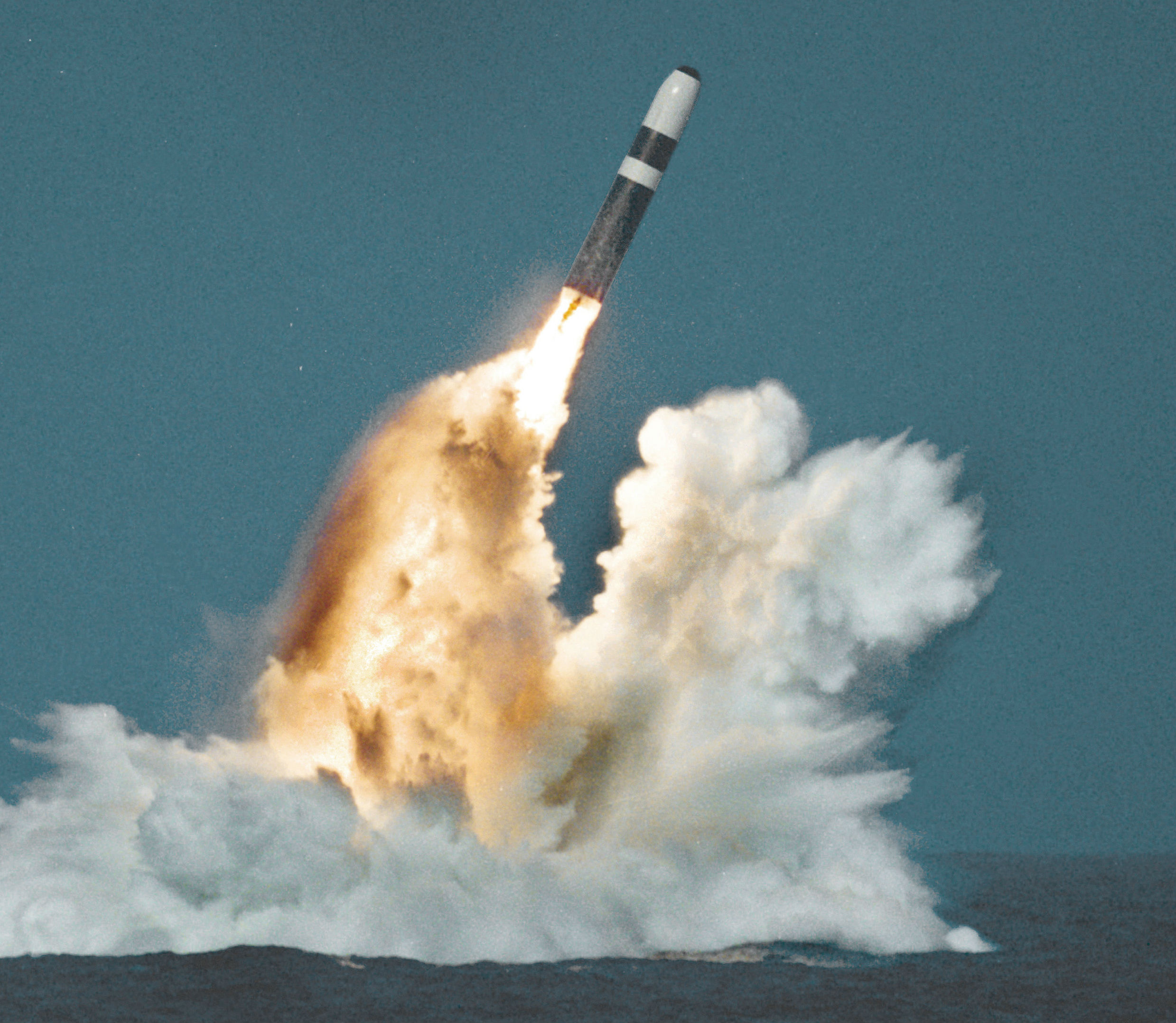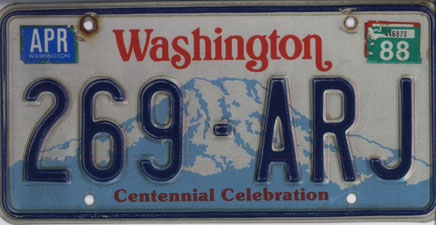Under a full moon and floodlights, the perimeter fence of Naval Base Kitsap was cut open and five intruders stepped inside. Their goal: access to one of the world’s largest stockpiles of nuclear weapons, located roughly 20 miles from Seattle.
Relying on satellite data from Google Maps, the group made their way to the weapons storage bunker, known as Strategic Weapons Facility Pacific (SWFPAC). It was about 2 a.m. The base was well-lit, but they made no attempt to hide as they walked. They roamed the base undisturbed for around four hours, passing military personnel who paid them no mind.
Within the base’s perimeter, two more layers of fence and a guard tower surrounded SWFPAC. Undeterred by signs claiming intruders would be subject to “use of deadly force,” they took their bolt cutters to the fences and shortly were inside.
Security was summoned via a tripwire in the second layer of fence. When the first Marine arrived on the scene, however, participant Lynne Greenwald said he quickly lowered his weapon. In front of him stood five elderly men and women, some in their early 80s, putting up an anti-nuke banner. As more Marines approached with guns drawn, the activists made peace signs with their fingers to avoid getting shot.
The November 2, 2009 break-in was an attempt to call attention to our area’s nuclear weapons. Its tactics were unusual, but in the modern anti-nuke movement, its participants’ ages were not. When nuclear submarines first arrived at Naval Base Kitsap in the early ’80s, there were protests and frequent media coverage. But Glen Milner, head of local anti-nuke organization Ground Zero, says interest in the issue has tapered a bit, and at this point the movement skews older.
But that could change. It’s been a bad PR year for America’s nuclear arsenal, with stories of closely averted nuclear apocalypses and lax security around the weapons making the news. Some of these stories are current, such as reports that nuclear-weapon blast doors have been regularly left open, including twice this year. But similar stories from the past have recently hit TheNew York Times bestseller’s list, courtesy of investigative journalist Eric Schlosser, who’s trying revive a conversation in America about The Bomb. Schlosser argues that concern around nuclear weapons shouldn’t be relegated to countries firing them at each other. People should also consider their day-to-day control. How are they handled? How possible is an accident?
“The more complex a system, the more vulnerable it is to accidents and problems,” Schlosser said recently in Seattle, here to support his new nuke-gazing book Command and Control. “If there’s one thing I learned researching this book, it’s how often improbable things happen.”
Naval Base Kitsap contains hundreds of nuclear warheads—it hosts eight nuclear submarines, which each hold 24 Trident II missiles, which contain as many as eight warheads apiece. In 2006, The Seattle Times
estimated it was “the largest nuclear-weapons storehouse in the United States, and possibly the world.”
And since 1990, there’s been reasonable debate over whether one of those missiles might accidentally explode, because of the way the Tridents are designed. The nuclear warheads in each missile are arranged around its propellant fuel, making them more vulnerable. On top of that, the fuel used is more likely to explode in an accident—being dropped, for example—than an alternative solid fuel.
The current design was chosen despite these concerns, writes Schlosser, because it increased the missile’s range and explosive yield. However, an accident on one missile could release “a massive cloud” of plutonium over the region, or trigger the warheads nearby. “You have to be very, very careful loading and unloading them,” Schlosser says.
Such accidents aren’t totally hypothetical. The main incident in Command and Control occurred in 1980, when a repairman dropped a wrench into a missile silo, puncturing the missile and eventually causing it to explode. Its undetonated warhead was flung into a ditch a hundred yards away.
In 2003, a ladder was left in a missile tube at Naval Base Kitsap, which later punctured the nose of a Trident II missile and came within inches of the its warheads. The military initially refused to acknowledge the incident, prompting Reps. Norm Dicks and Jay Inslee to demand a briefing. Afterward, Inslee said he was “stunned at some repeated failures to follow procedures.”
The entire command structure of the weapons facility was relieved of duty six weeks later, citing a “lack of confidence” in their abilities. Six years later, in 2009—months before peace activists broke in—the commanding officer of the facility was relieved again, citing a similar “loss of confidence.”
Yet the missiles themselves remain, and the military has designs to extend their lifespan.
In 2012, the Navy proposed a second munitions wharf at Navy Base Kitsap to work on the Trident missiles, at a cost of $715 million. However, the Department of Defense Explosives Safety Board refused to grant the wharf approval, in part because the Navy hadn’t studied the likelihood of an accident at the wharf, or proven that an explosion at one wharf wouldn’t cause an explosion at the other.
Construction of the wharf is nonetheless underway. Though the Navy would not confirm it, the base likely took an alternate certification that allowed them to proceed in exchange for assuming all risks and liabilities for accidents or explosions at the wharf.
The five elderly break-in artists were sentenced to a few months in prison each. Upon their release, some have resumed participation in the small protests frequently held outside the base’s entrance, and have been arrested again.
But their actions never created the ripple of resistance they sought. Naval Base Kitsap remains as popular and economically important to its county as ever.
According to UW history professor John Findlay, the state’s clout in D.C. over the decades has secured more and more military funding for Kitsap County. Coupled with what Joint Chiefs of Staff member Adm. Jonathan Greenert calls the Navy’s shift to the Pacific, the base’s importance will likely only grow. “When we brought that military investment here, we didn’t know we were inviting nuclear weapons,” says Findlay. “But once you give them the land, it’s theirs to do with what they will.”
Congressman Derek Kilmer, who represents the base’s 6th Congressional District, described the area as extremely supportive of the Navy’s presence. It employs about 34,000 people, he says, and unemployment in the region has stayed low even during some of the recession’s roughest patches. “By all accounts, our community is a lot stronger because of the presence of the Navy,” Kilmer says, noting that a recent study has found that over half of Kitsap’s economic activity was tied to the Navy. “That’s a strong indication of what a big deal this base is.”
A spokeswoman for the Navy notes that the base is “committed to the safety of our military and civilians” and the “local community and its populace.” Schlosser and other critics don’t question that spirit of service; the point they raise is whether safety can ever be the paramount consideration when active nuclear weapons are involved.







